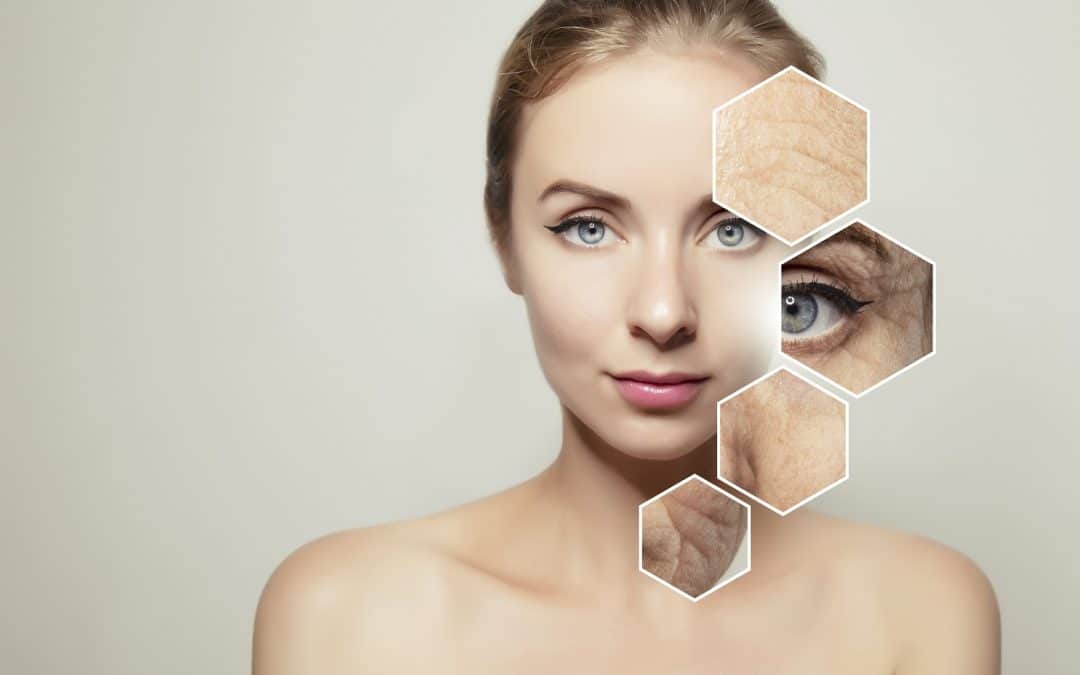As we age, our muscles lose tone, and our skin thins, giving our faces a ragged or drooping aspect. Fortunately, sunspots, freckles, and acne scars may be removed with skin rejuvenation procedures. The skin looks to improve due to these activities, which comprise skin care cosmetics and aesthetic and preventive therapies.
Here’s what you should know about skin rejuvenation.
What Is Skin Rejuvenation?
The sun, skin problems, age, and heredity may produce skin irregularities on the face and other body areas. Acne scars and wrinkles are examples of this, as are pigmentation changes like age spots, sunspots, or exposed blood vessels. Additionally, the skin may feel less firm, lose tone, and lose its healthy radiance.
Skin rejuvenation refers to various methods designed to restore any damage to your skin. Sun exposure, an underlying health issue, or a natural part of the aging process may cause skin damage.
What Ingredients Rejuvenate Skin?
The development of wrinkles and lines is most people’s top aesthetic concern, closely followed by avoiding sagging, dark patches, and other symptoms of aging. The most effective and well-acknowledged anti-aging components that should be incorporated into your daily regimen to maintain your skin looking young and healthy are listed below.
Collagen
Did you know that our skin produces less collagen beyond the age of 25? It is the most prevalent protein in the human body and helps to maintain suppleness and stiffness by forming fibers. As a result, as production declines, skin loses turgidity and volume, and wrinkles emerge. Incorporate collagen into your cosmetic regimen for a firmer-looking complexion!
Vitamin C
It’s no surprise that vitamin C is one of the most commonly searched beauty ingredients on Google. This natural antioxidant source helps reduce the appearance of age symptoms while also making skin seem tighter and supple. Other advantages include reducing the appearance of black spots, leveling skin tone, and imparting radiance.
Hyaluronic Acid
Hyaluronic acid is self-explanatory. Its amazing ability to draw and hold water makes it ideal for all skin types. Significantly increases skin hydration, strengthening the skin’s moisture barrier and exposing notable plumper, smoother complexion while diminishing wrinkles and lines’ appearance.
Retinol
Retinol is an anti-aging substance that remains strong. Dermatologists and beauty professionals are their devoted followers, and the results speak for themselves. It has a strong power to regenerate the skin’s surface, minimizing the appearance of dark spots, lines, and wrinkles while also providing radiance, lowering the appearance of open pores, and diminishing flaws.
Niacinamide
Could there be a chemical that provides several advantages while also being very effective? Yes, and it’s niacinamide! This water-soluble version of vitamin B3 decreases the appearance of lines and wrinkles, maintains the skin’s moisture barrier, promotes hydration, and lowers the appearance of pores and flaws, making it great for oily skin, combination, or blemish-prone.
What Are the Best Rejuvenation Skin Treatments
What are the most common treatments for fine wrinkles, scars, uneven pigmentation, and other skin flaws? Take a deeper look at the most recent advancements in non-invasive rejuvenation treatments.
1. Botox
Botox injections are helpful for temporarily reducing wrinkles on the face, around the eyes, and on the neck, produced by repeated motions like smiling, frowning, or lifting the brows. Botox minimizes muscle movement, smoothing existing wrinkles and preventing the creation of new deep lines.
2. Dermal Fillers
Hyaluronic acid (HA) is a safe and versatile face aging therapy. A trained medical practitioner injects HA-based dermal fillers, such as the Allergan Juvederm line. For best results, injections should be repeated every 4-6 months for lip volume restoration and every 12 months for nasolabial lines, lip, and cheeks definition.
3. Chemical Peels
Doctors use chemical peels to cure wrinkles, discoloration, age spots, and superficial scarring. Trichloroacetic Acid (TCA) is a peel that uses a controlled chemical burn to remove the skin’s outer layers. Sciton HALO/Micropeel laser resurfacing regenerates dermal collagen and reduces redness and pigmentation. The downtime for this therapy is just five days, and the benefits are much more intense.
4. Microneedling
Microneedling is a low-risk and low-cost therapy for acne scars. Among the devices is the cutting-edge Dermapen, an electronic needle-stamping instrument. Radiofrequency heat energy enhances the impact of needling. One of the key benefits of the therapy is that the redness usually goes away after a day or two.
5. Laser Skin Resurfacing
Without question, laser skin resurfacing is one of the most effective treatments for many of the most prevalent skin issues, including wrinkles, age spots, sunspots, redness, rosacea, acne scars, and many more.
Laser treatment may enhance skin tone, texture, and tightness and is beneficial for mild to deep lines and wrinkles. Because of the capacity to target specific kinds of cells at different levels, problems, such as pigmented birthmarks, port wine stains, and even spider veins may now be effectively treated.
Are Skin Rejuvenation Treatments Safe?
Skin rejuvenation therapies are safe when conducted by a professional and licensed medical practitioner. Choose a trusted and trustworthy practitioner for the best skin rejuvenation results.
Conclusion
Therefore, the results of a skin rejuvenation therapy will vary based on the method and the individual. It is important to discuss your goals, previous and current medical history, and any problems with a healthcare practitioner. Your practitioner can assist you in determining the optimal treatment and strategy for you.

